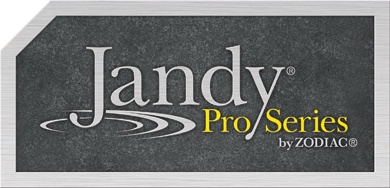It’s never as simple as you think it’s going to be, is it?
You want to install a dry set flagstone patio or wed laid in your landscape. And after much deliberation, you’ve finally chosen where you want to locate it!
But then you need to decide how large the patio will be. Then you have to choose what material you’ll use to build it. Let’s say you’ve chosen natural stone — like bluestone, flagstone or another stone native to New York and Connecticut.
Think you’re finished with all your decisions? Nope! Because now it’s time to decide whether to use dry or wet construction. The choice between dry lay stone and wet-laid stone, regardless of the material you select to make up your patio, is an important one.
The decision of dry laid vs. wet laid stone will affect the installation process and the overall appearance of your patio, as well as your maintenance routine for years to come.
Here are a few pros and cons to each method of construction to help you decide whether dry lay stone or wet laid stone is right for your patio project.
What is Dry Laid stone?
Dry-laid stone is a method of construction where individual stones are laid on a bed of sand and gravel, and the design is held together by tightly compacted sand.
You can also create a fun look on a less-traveled patio by using a chunkier gravel or planting hardy groundcovers between the stones instead of sand.
The biggest benefit to dry-laid stone is flexibility, and the ability to correct mistakes and gradual shifts and imperfections in time. It’s also slightly less expensive than the other, more permanent option.
But with that flexibility comes impermanence, higher maintenance and the risk of physical instability on the stones. (But with good, solid construction, those risks are easily minimized).
What is wet-laid stone?
Wet-laid stone is the direct opposite of dry-laid stone: The stones are laid on a concrete slab or other mortared surface, then mortared together for a permanent finish.
This means that wet-laid stone’s most obvious benefit is just that: its permanence. Especially in high-traffic areas, a finished wet-laid stone patio won’t cave under the pressure and will last for many years. It’s also lower maintenance, provided you seal the surface often.
A potential drawback is its cost. Because cement is involved, the project automatically becomes more expensive. (Though you may save on maintenance what you’ll spend on construction…so weigh your options!)
Dry Lay Stone vs. wet-laid stone: How do I choose?
This is truly a matter of taste. If you’re looking for a quick patio installation, you may be happier with dry-laid stone. But if you want a more permanent look and are willing to spare no expense for your patio, wet-laid stone may be the best choice.
Whichever type of construction you choose, it’s crucial to lay a solid foundation. Ensure that you’ve got a properly graded surface that won’t settle or shift over time.
Laying a patio, regardless of which method you select to do so, is a complex process best taken care of by the professionals. The hardscaping professionals at Neave Group can help you throughout the process, from designing your patio to building and maintaining it through the years. Ready to start making some decisions? Call us at (845) 463-0592 or fill out our contact form.
Image credit: Landscaping Network























